Pareiasaurus Juvenile Skeleton Disarticulated Replica measures 34 inches or 86 cm. Pareiasaurus Juvenile Skeleton Disarticulated is museum quality polyurethane cast. Made in USA. Deltavjatia vjatkensis is the scientific name. Our precise skeleton can be used as a teaching tool, museum skeleton exhibit, home décor skeleton, or office décor skeleton.
Pareiasaurus or Deltavjatia vjatkensis. In the collection of Koltelnich Paleontological Museum. Age: 255 million years ago, Upper Permian, Paleozoic Era. Locality: Koltelnich locality of Upper Permian vertebrate fauna, Russia Layout.
Pareiasaurus or Deltavjatia vjatkensis is the most popular group of Permian reptiles is plant eating lizards Pareiasaurs (meaning “big cheek lizards”) they lived in Permian deltas and near the rivers. Deltavjatia was an herbivore and lived in what is now Russia. Found in the Kotelnich locality of Upper Permian vertebrate fauna.
Pareiasaurus is an extinct genus of anapsid reptile from the Permian period. It was a typical member of its family, the pareiasaurs, which take their name from this genus. Fossils have been found in the Beaufort Group.
Pareiasaurus or Deltavjatia vjatkensis is a large quadruped, about 8.2 ft. long, with elephantine legs, walking in a typically reptilian posture. The skull is broad and the snout short. Its skull had several spine and wart like protrusions. Deltavjatia vjatkensis leaf-shaped teeth, ideal for biting through tough plant fibers, indicate it was a herbivore. Even the palate had teeth.
Originally described as a species of Pareiasuchus by Hartmann-Weinberg in 1933 from a skull, Deltavjatia vjatkensis has since been found to have more primitive features and a new genus has been erected by Lebedev in 1987. Recently, a complete skeleton of Pareiasaurus or Deltavjatia vjatkensis has been found.
Shop More Museum Quality Pareiasaurus Skeletons in Pareiasaurus Skeleton Store

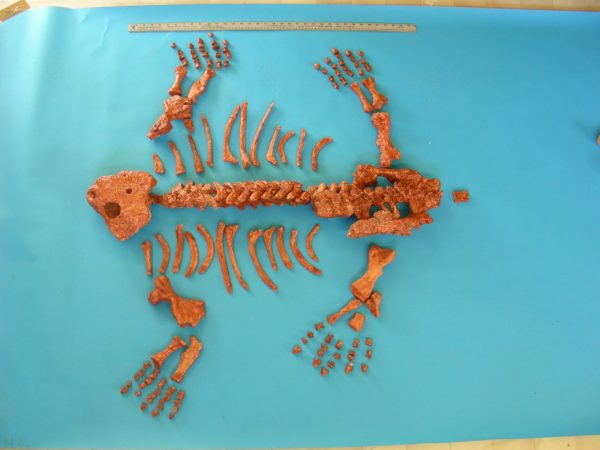
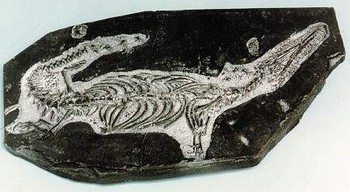
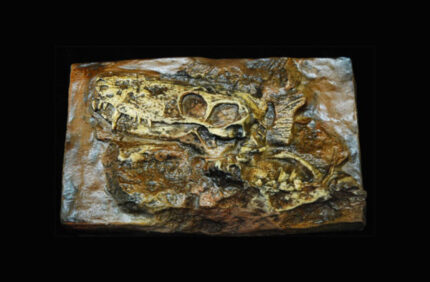



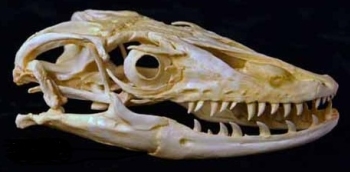
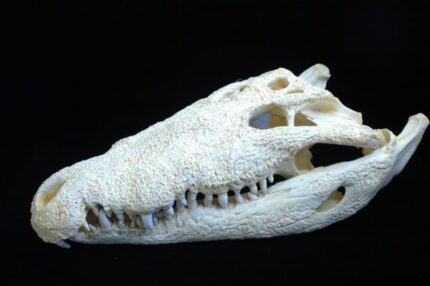
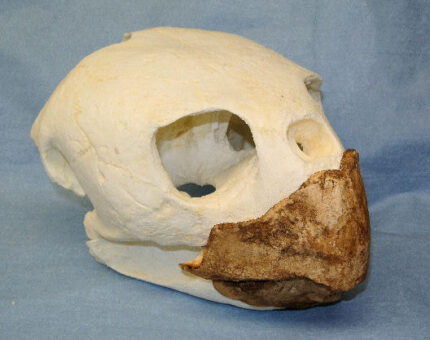


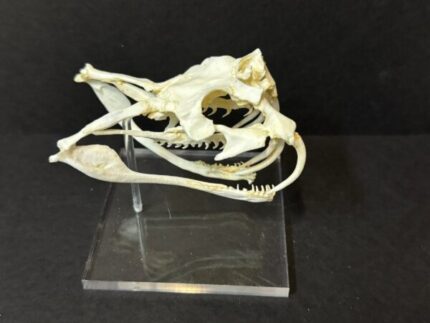
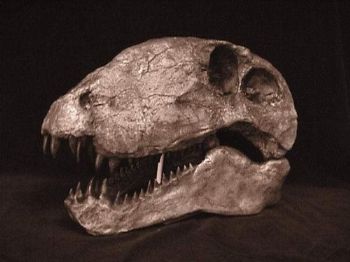
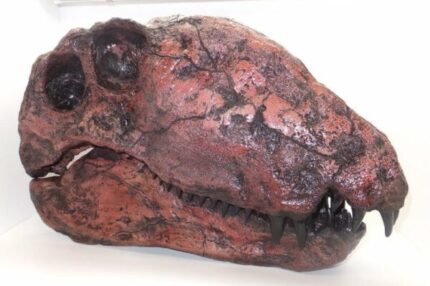
Reviews
There are no reviews yet.